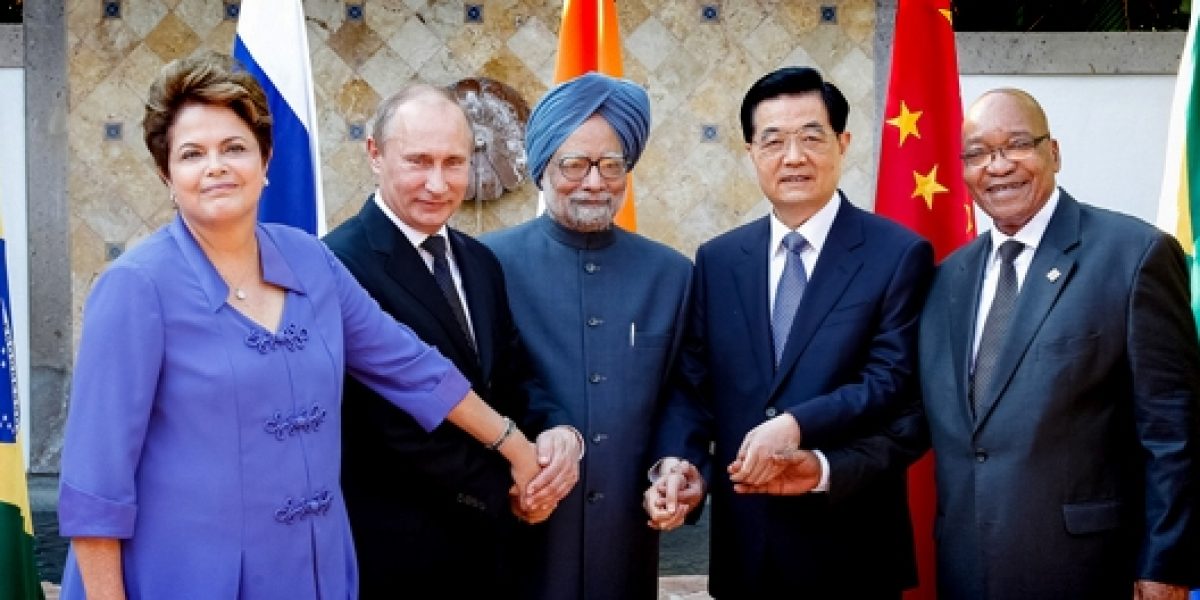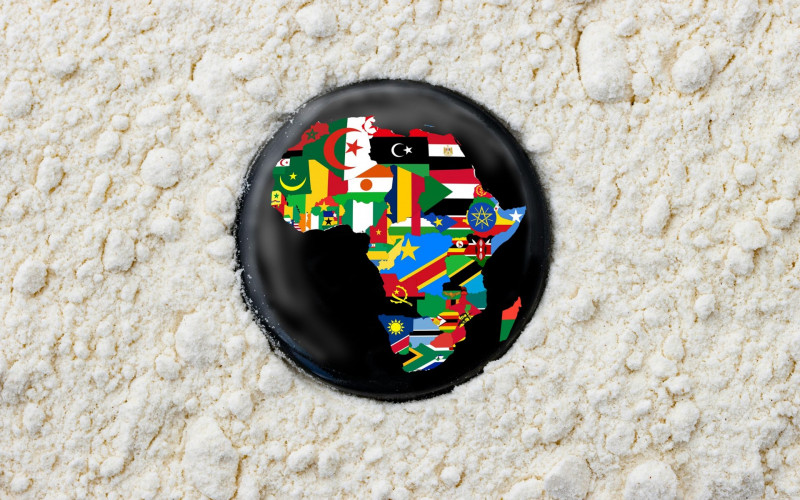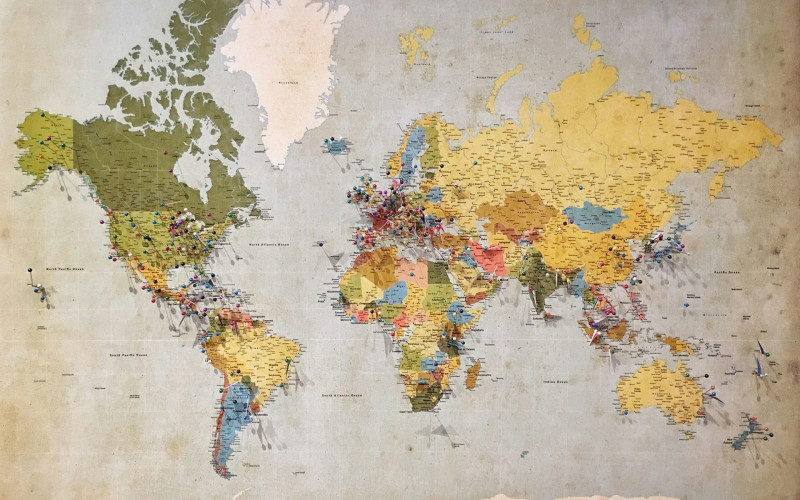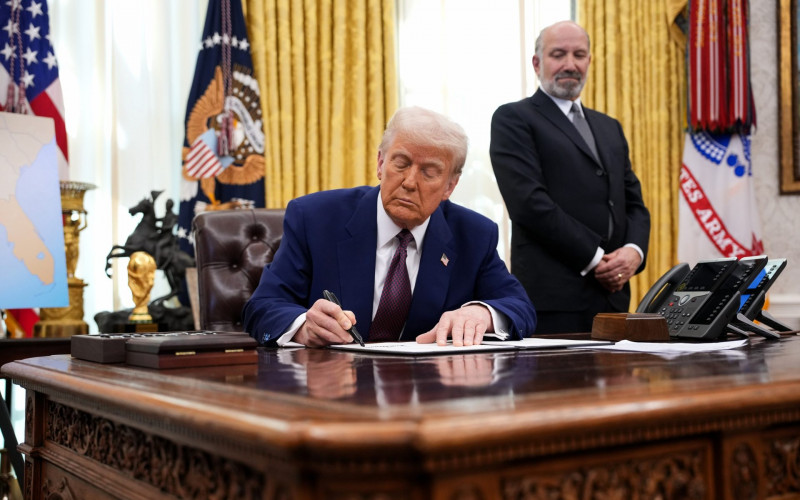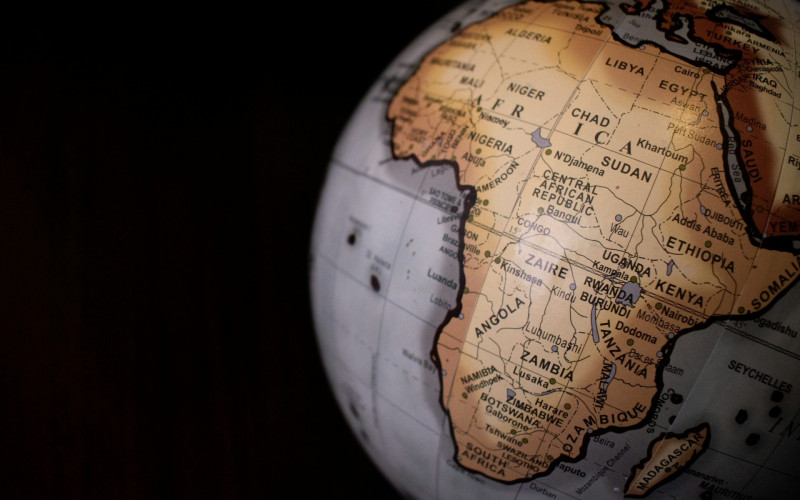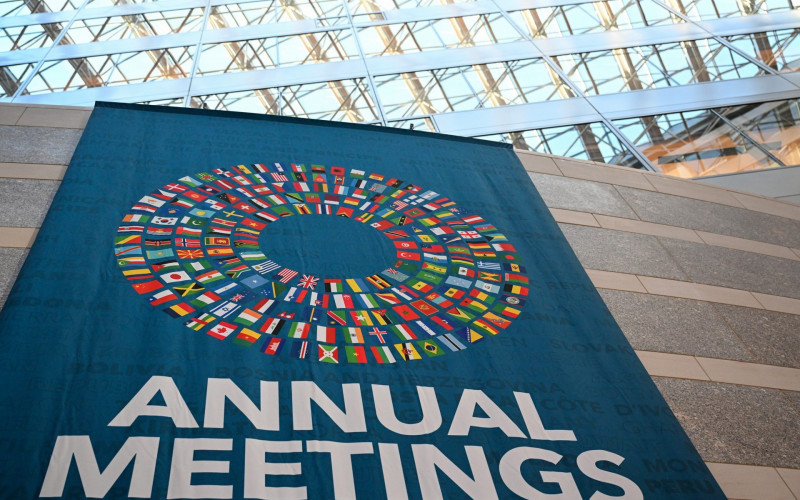Brazil, Russia, India, China and South Africa would have seemed like unlikely bedfellows in the not-too-distant past but they are now actively pursuing a common agenda that covers a wide range of political, economic and social issues.
The potential collective power that these countries could wield in global governance terms is causing some consternation in the traditional powers of Europe and the United States of America. This is reflected by academic commentators and popular media who cynically question the ability of the BRICS to have any real influence on the critical issues facing the world economy.
As South Africa prepares to host the fifth BRICS Summit in Durban next week on 26 and 27 March 2013, it is worth reflecting on what the BRICS is really about and how it relates to other similar groups at a global level. The BRICS is effectively a club for some of the largest developing countries in the world. The members all belong to other groups that are active in global debates, including those such as the Group of 77 (G77) within the United Nations, the Group of 20 (G20) on economic matters, and region specific configurations. BRICS was formed in order to provide a platform for greater coordination and cooperation among the members who felt that there was a strong need for reform of the global governance architecture.
BRICS is a loose arrangement with no permanent institutional structures to support its activities yet. The country that is hosting the annual Heads of State Summit, in this year’s case South Africa, tends to drive the agenda both with regards to the substance or content of what is discussed and also on the timeframes that are set for certain activities. This leaves space for the chair of BRICS to pursue the priorities of most interest during its time in the driving seat. South Africa has clearly demonstrated the power that chairing an informal group like the BRICS brings by setting an agenda that will link the group much more closely to Africa for the first time.
There is much hype around the BRICS Summit itself as this is where there are the photo opportunities for all the Heads of State and the communiqué declaration which guides the work of the group is adopted. In actuality, the Summit meeting of the five leaders of the BRICS countries lasts only a few hours at most. The rest of the time is taken up with bilateral engagements where some of the more pressing economic and political matters are raised. This is supported by interactions between Ministers, senior officials and business people. Civil society criticise this process for not being transparent and open to the broader population. The reality however is that these closed sessions where Heads of State get an opportunity to engage frankly and openly with their counterparts is a crucial part of club diplomacy. This is particularly the case for a new group such as the BRICS which is still in its honeymoon or “getting to know you” stage.
Much of what has been described above as characteristics of the BRICS could just as easily be applied to other similar groups at the global level. The most often used comparator is the Group of 8 (G8) which some claim is the touchstone for the BRICS reform agenda. Like the BRICS, the G8 was formed to address major shifts in the global economy with the original G6 coming together after the oil crisis of the early 1970s. It started out with a membership of six but has slowly expanded since the 1970s to include Canada, France, Germany, Italy, Japan, Russia, the UK and USA. There is no permanent secretariat of the G8 and the chair has demonstrated significant influence on the group’s agenda over the years. Outreach processes were used by the G8 to interact with other groups of countries, including from Africa – something we are now seeing mirrored by South Africa in the BRICS Leaders-Africa Dialogue Forum.
The G8 is a club that over the forty odd years of its existence has established itself as a leading group on global governance matters. The BRICS is not yet even four years old but it already has to defend its credibility and relevance. While the world has changed dramatically since the 1970s, there is much to be said for allowing the processes of diplomacy that encourage face to face, robust engagement between the leaders of key countries to continue and prosper. We should all give BRICS a chance and allow it the time and space to mature.
While some may be reluctant to embrace unfamiliar powers in the driving seat, if the end result is a more balanced global system then the world will be a better place.

